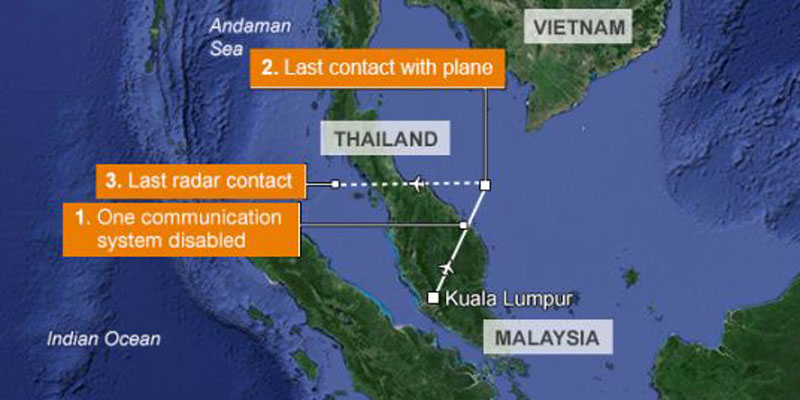In the immediate aftermath of outbreak of the worldwide financial crisis in 2008, it was assumed that the emerging economies, including Brazil, India and China, would be able to disassociate themselves from the key nations and provide the much needed momentum to the world economy by laying a new foundation for growth.
The myth was busted with these economies unable to provide the much needed boost to growth but rather becoming a cause of global volatility whereas the major nations are adding more to the world growth. This however, does not point to any recovery but rather points to the weakening of the global market as a whole with current growth rates still lower compared to the pre crisis period.
The key reason for the significantly lower contribution of the emerging economies to global growth is the declining contribution from China. Also, rising financial woes of India, with increasing fear of its worsening economic scenario with growth predicted at nearly 5% this year amidst devaluation of its currency, inflated current account and budget deficits and steadily rising inflation is also not helping the cause of emerging economies.
Growth of the global economy got diluted noticeably during 2012 and is estimated to follow suit in the next two years, as observed by United Nations in its issue of the World Economic Situation and Prospects 2013 (WESP). This rate of growth will be too less to overcome the sustained job crisis that numerous nations are still facing. The economic challenges faced by major economies are spilling over to emerging nations through lower demand for their exports coupled with sharp instability in commodity prices & capital inflows.
Developing Asian economies have weakened significantly during 2012 as per UN report, as key nations India & China have gone into lower gear with dipping exports being the key factor coupled with structural challenges.
As per Credit Analysis & Research Ltd, increased fuel costs and greater import bill will push for steady rise in fuel prices, thereby affecting the commoners in India either as part of added transportation costs, power tariffs, food prices etc. Thus it will lead to inflationary trends thereby impacting interest rates as well.
Indians planning to travel abroad for leisure, or youth planning to pursue higher education, will have to shell out much more with rupee skyrocketing as against the dollar. This is a major blow to the aspirations a section of the Indian youth have for pursing higher studies abroad, thus consultants are increasingly encouraging them to pay their tuition fees in installments so that they don’t feel the pinch and plan otherwise.
The weakening global economy along with the persistent challenges within is summing up to lower foreign investment in India, reduced industrial growth, lesser job creation specially for the youth with relatively lesser experience, travelling abroad getting costlier, industrial investments being on hold and so on. The only silver lining in this gloomy scenario is for Indian businesses who earn their revenues in dollars as they stand to gain.





